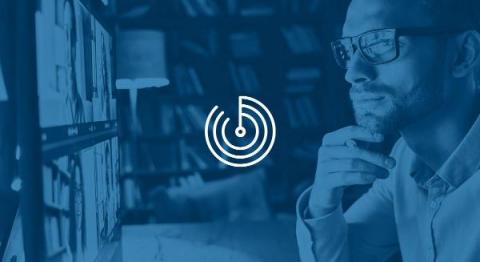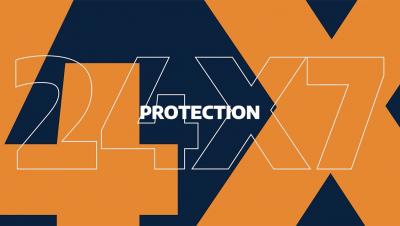The Top 3 Cyber Attack Vectors
It’s no surprise that cyber attacks are on the rise. The sheer volume of attacks — along with the increase in ransomware, business email compromise, and other kinds of attacks — has steadily ticked up year after year. Cybercrime is now the number one global business risk, rakes in trillions for cybercriminals, and has advanced far beyond simple “scam emails” and brute-force attacks.











